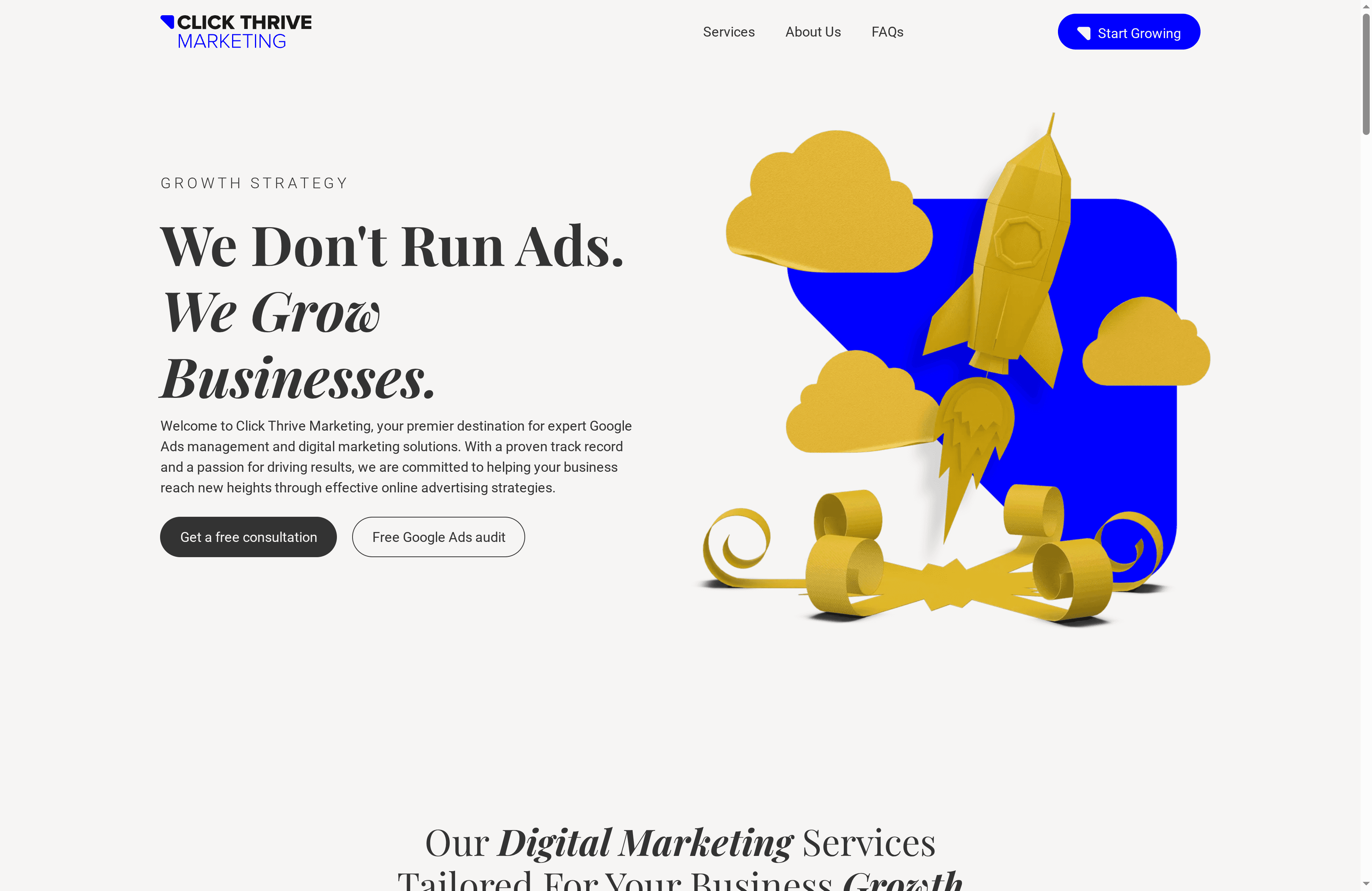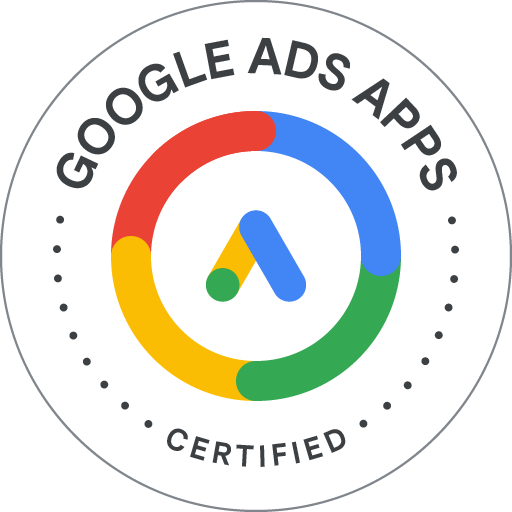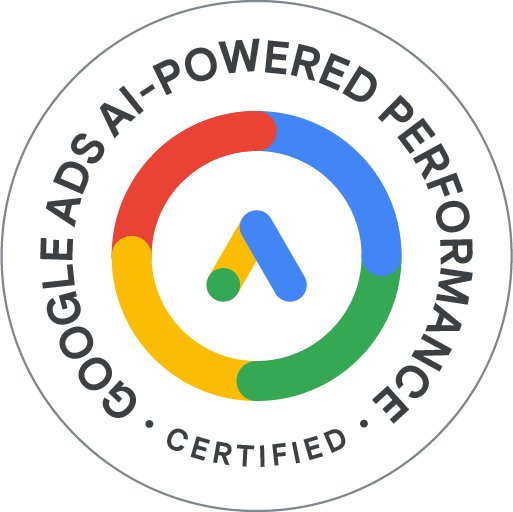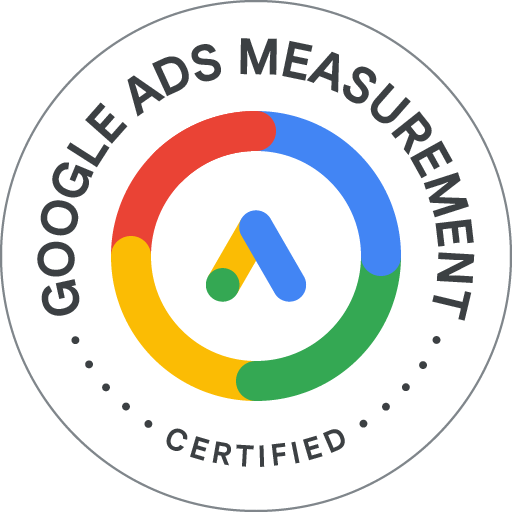Nearly 90 percent of online marketers see higher returns when ad campaigns target specific audiences with precision. As digital advertising grows more sophisticated, understanding how ads reach the right people can give any business an edge. Knowing the methods behind ad targeting puts you in control, helping you boost campaign performance and minimize wasted budget while connecting with customers who actually want to hear from you.
Table of Contents
- Defining Ad Targeting And Core Concepts
- Key Types Of Ad Targeting Methods
- How Ad Targeting Works In Google Ads
- Benefits And Challenges For Small Businesses
- Common Pitfalls And Optimization Strategies
Key Takeaways
| Point | Details |
|---|---|
| Types of Ad Targeting | Businesses should leverage various targeting methods like demographic, behavioral, and contextual targeting to effectively reach their ideal audience segments. |
| Google Ads Targeting | Utilizing Google Ads enables precision targeting through keyword, audience, and remarketing strategies to enhance ad relevance and engagement. |
| Benefits for Small Businesses | Ad targeting allows small businesses to compete by optimizing budgets and achieving precise audience reach, ultimately improving campaign performance. |
| Optimization Strategies | To avoid common pitfalls, focus on meaningful performance metrics, conduct continuous testing, and thoroughly analyze conversion paths. |
Defining Ad Targeting and Core Concepts
Ad targeting represents a strategic approach to delivering personalized digital advertisements by matching specific ads to precise audience segments. According to research from aisel.aisnet.org, there are three primary methods of ad targeting: rule-based targeting, behavioral targeting, and contextual targeting.
These targeting approaches leverage different data points to customize advertising experiences. Rule-based targeting focuses on viewer characteristics like age, gender, or income level. Behavioral targeting analyzes users’ previous browsing history and online interactions to predict potential interest. Contextual targeting examines the content of webpages where advertisements appear, ensuring relevance through strategic ad placement.
Research from dspace.mit.edu expands on targeting techniques, identifying six sophisticated methods for precise audience engagement:
- Demographic Targeting: Segmenting audiences based on measurable population characteristics
- Geographic Targeting: Delivering ads specific to particular locations or regions
- Contextual Targeting: Matching ads to relevant webpage content
- Affinity Targeting: Connecting with users who share specific interests or preferences
- Behavioral Targeting: Using past online behavior to predict future interactions
- Daypart Targeting: Scheduling ads during optimal times for audience engagement
By understanding and implementing these advanced targeting strategies, businesses can significantly improve their advertising precision, reduce wasted ad spend, and enhance overall campaign performance.
Key Types of Ad Targeting Methods
Understanding the nuanced landscape of ad targeting requires a deep dive into the various methods businesses can leverage to reach their ideal audiences. According to research from aisel.aisnet.org, three fundamental approaches emerge as critical strategies for delivering personalized digital advertisements: rule-based, behavioral, and contextual targeting.
Rule-based targeting operates by segmenting audiences through predefined characteristics like demographics, income levels, or specific viewer attributes. This method allows advertisers to create highly specific audience profiles, ensuring ads are delivered to the most relevant potential customers. Behavioral targeting takes a more dynamic approach, analyzing users’ historical browsing patterns, interaction history, and online behaviors to predict and anticipate potential interest areas.
Expanding on these core methods, digital advertising offers several sophisticated targeting techniques:
- Demographic Targeting: Precise audience segmentation based on measurable population characteristics
- Geographic Targeting: Location-specific ad delivery to regional audiences
- Psychographic Targeting: Connecting with users based on lifestyle, interests, and personality traits
- Contextual Targeting: Matching advertisements to relevant webpage content and user environment
- Retargeting: Re-engaging users who have previously interacted with a brand’s digital properties
Research from online.maryville.edu highlights additional advertising methods that complement these targeting strategies, including 7 essential types of Google Ads every business owner should know. By strategically combining these targeting approaches, businesses can create more precise, efficient, and impactful advertising campaigns that maximize return on investment.
How Ad Targeting Works in Google Ads
Google Ads represents a sophisticated platform for precision digital advertising, leveraging complex targeting mechanisms to connect businesses with their ideal audiences. According to research from online.maryville.edu, paid search advertising forms the core of Google’s targeting strategy, where advertisers strategically bid on specific keywords to ensure their ads appear in relevant search engine results.
The targeting process in Google Ads involves multiple intricate layers of audience segmentation. Keyword targeting remains the foundational approach, allowing advertisers to match their ads with specific search queries. Audience targeting goes deeper, incorporating user demographics, interests, browsing behaviors, and historical interaction data to refine ad delivery. This means your advertisement can be shown to users who not only search for relevant terms but also match specific profile characteristics that suggest potential interest.
Key targeting mechanisms in Google Ads include:
- Search Network Targeting: Displaying ads based on specific keyword searches
- Display Network Targeting: Showing visual ads across websites matching user profiles
- Remarketing: Re-engaging users who have previously interacted with your brand
- Custom Intent Targeting: Reaching users actively researching related products or services
- In-Market Audience Targeting: Connecting with users demonstrating purchase-ready behaviors
For businesses looking to maximize their advertising effectiveness, 7 Google Ads best practices for local businesses can provide additional strategic insights. By understanding and implementing these sophisticated targeting techniques, advertisers can significantly improve ad relevance, reduce wasted spend, and dramatically increase the potential for meaningful customer engagement.
Benefits and Challenges for Small Businesses
Ad targeting presents a transformative opportunity for small businesses to compete effectively in the digital marketplace. According to research from pubmed.ncbi.nlm.nih.gov, web-based targeted advertising offers remarkable advantages, demonstrating the potential to reach significantly broader audiences with unprecedented precision and efficiency.
Cost-effective marketing emerges as a primary benefit for small businesses leveraging ad targeting strategies. Unlike traditional advertising methods that require substantial upfront investments, digital targeting allows businesses to allocate budgets more strategically, paying only for ads that reach genuinely interested potential customers. Precision targeting enables small businesses to compete with larger competitors by focusing their limited resources on high-potential audience segments most likely to convert.
Key benefits and challenges of ad targeting for small businesses include:
- Precise Audience Reach: Connecting directly with most relevant potential customers
- Budget Optimization: Minimizing wasted ad spend through targeted approaches
- Performance Tracking: Real-time insights into campaign effectiveness
- Scalable Advertising: Flexible strategies adaptable to business growth
- Competitive Advantage: Leveling the playing field against larger competitors
However, research from pmc.ncbi.nlm.nih.gov indicates potential challenges, suggesting that while online ads provide extensive reach, businesses must carefully balance technological sophistication with genuine engagement. For small businesses looking to navigate these complexities, why invest in Google Ads can provide critical strategic guidance in maximizing digital advertising potential.
Common Pitfalls and Optimization Strategies
Navigating the complex landscape of ad targeting requires a strategic approach that balances sophisticated techniques with practical insights. Research from kellogg.northwestern.edu reveals a critical pitfall in digital advertising: the potential for inaccurate measurement, highlighting the importance of robust experimental validation beyond simple observational methods.
Measurement accuracy stands as a fundamental challenge for advertisers seeking to optimize their targeting strategies. Many businesses fall into the trap of relying on surface-level metrics that don’t truly reflect campaign performance. Performance validation becomes crucial, requiring a more nuanced approach that goes beyond click-through rates and explores deeper conversion metrics, audience engagement, and long-term business impact.
Key optimization strategies and potential pitfalls include:
- Avoid Vanity Metrics: Focus on meaningful performance indicators
- Continuous A/B Testing: Regularly experiment with ad variations
- Audience Segmentation: Refine targeting based on granular data insights
- Budget Allocation: Dynamically adjust spending across high-performing channels
- Conversion Path Analysis: Track complete customer journey, not just initial interactions
According to research from pmc.ncbi.nlm.nih.gov, the style of advertising text significantly impacts consumer behavior, with subjective approaches driving higher click-through rates and objective messaging improving conversion rates. For businesses looking to refine their approach, 7 real examples of Google Ads campaigns for business growth can provide practical insights into effective targeting strategies.
Unlock the Full Potential of Ad Targeting for Your Business
If you are struggling to maximize ROI through precise audience targeting or feeling overwhelmed by ad optimization challenges, you are not alone. Many businesses face difficulties implementing advanced methods like behavioral, contextual, and demographic targeting to reach the right customers effectively. This article highlights key pain points such as wasted ad spend, inaccurate measurement, and the need for continuous campaign refinement — obstacles that require expert guidance.
Click Thrive Marketing specializes in turning these challenges into growth opportunities by managing Google Ads campaigns with proven strategies tailored for businesses like yours. We focus on delivering cost-effective, precision-driven advertising that connects you with high-potential leads and increases conversion rates. Our data-driven approach leverages all the advanced targeting techniques discussed, ensuring your ads reach the perfect audience at the right time for maximum impact.
Explore our insights and solutions in the Uncategorized Archives to see how we shape performance-driven campaigns.
Ready to stop guessing and start growing? Visit Click Thrive Marketing today, discover how professional Google Ads management can fix your advertising pitfalls, and get expert help to build scalable, measurable online campaigns that deliver real business results.
Frequently Asked Questions
What are the main methods of ad targeting?
The three primary methods of ad targeting are rule-based targeting, behavioral targeting, and contextual targeting. Rule-based targeting focuses on viewer characteristics, behavioral targeting analyzes users’ past online behavior, and contextual targeting matches ads to the content of the webpages where they appear.
How does Google Ads use ad targeting to enhance marketing efforts?
Google Ads uses targeted mechanisms such as keyword targeting, audience targeting, remarketing, custom intent targeting, and in-market audience targeting to connect businesses with users most likely to be interested in their products or services, thereby improving ad relevance and return on investment.
What are the benefits of ad targeting for small businesses?
Ad targeting offers small businesses precise audience reach, budget optimization, performance tracking, scalable advertising strategies, and a competitive advantage by allowing them to market effectively while minimizing wasted ad spend.
What are common pitfalls in ad targeting and how can they be optimized?
Common pitfalls include reliance on vanity metrics and inaccurate measurement of campaign performance. To optimize ad targeting, businesses should focus on meaningful performance indicators, conduct continuous A/B testing, refine audience segmentation, and perform conversion path analysis.
Recommended
- Why Invest in Google Ads: Complete Expert Guide – Click Thrive Marketing
- What Is Online Advertising? Complete Digital Guide – Click Thrive Marketing
- Performance Marketing Process for Maximizing ROI Results – Click Thrive Marketing
- 7 Google Ads Best Practices Every Local Business Needs – Click Thrive Marketing









